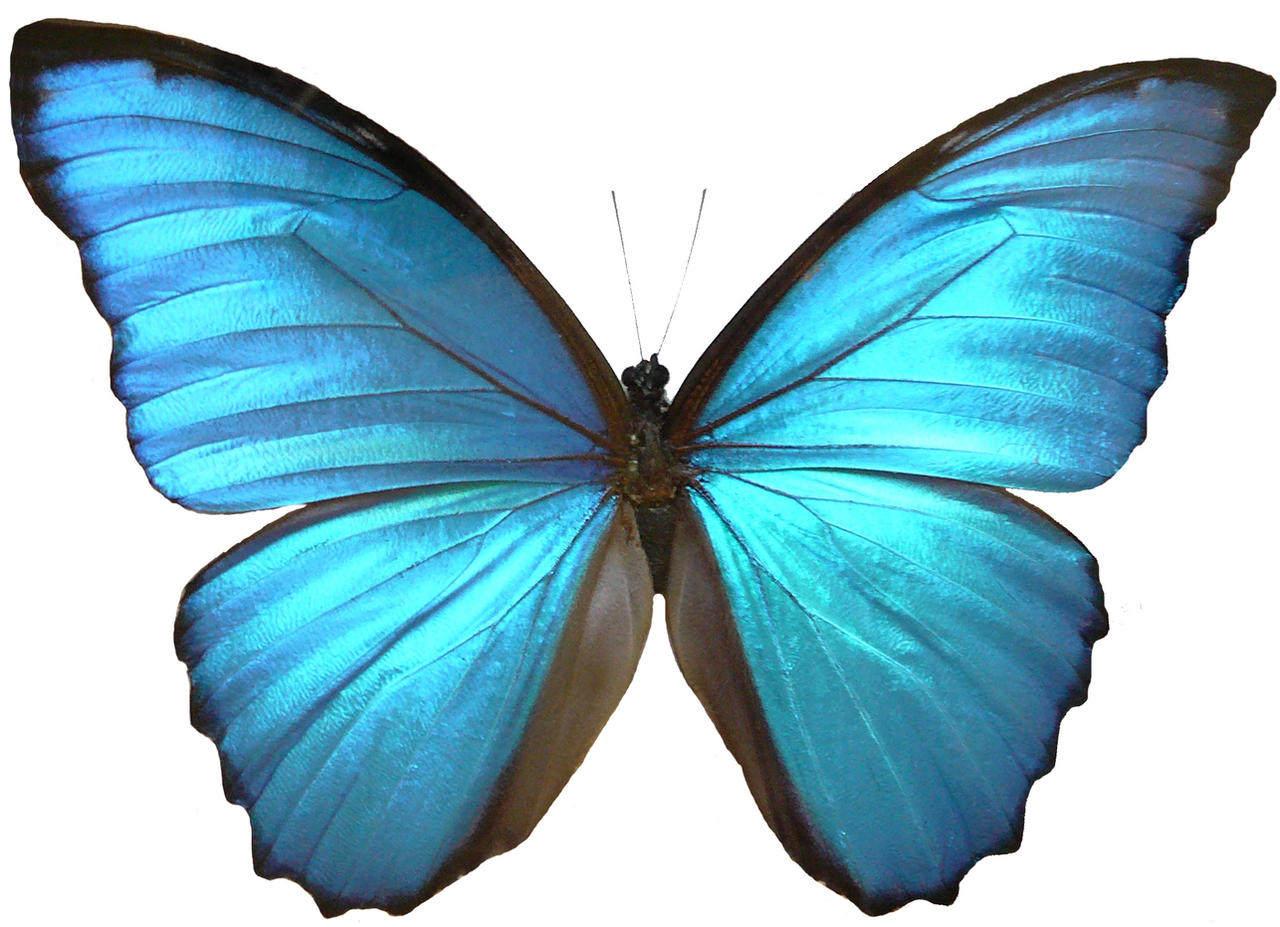http://www.ndsu.edu/pubweb/chiwonlee/plsc211/student%20papers/article10/Korynta,%20Brittany%20Joy/0199_Nepenthes_pitcher_plant.jpg
In any system where liquid is handled or encountered,
unwanted liquid-surface interactions are usually a limiting factor. They
trigger blood clotting in biological interfaces, nucleate icing, create drag in
transport systems, and promote biofouling. We already know that the microstructure
of the lotus leaf and the coatings it has inspired are known to exhibit superhydrophobicity and self-cleaning when water rolls off of
them. Despite this, the technology is still plagued with problems which
restrict their practical application. They show poor performance with oils and
fail under pressure or mechanical damage such as abrasions or torsion. In order
to widen the range of application for these type of repellant surfaces, researchers
at the university of Harvard have created a similarly functional technology
inspired by the Nepenthes pitcher plant. Their new surface is essentially
omniphobic, is composed of low cost materials, and self heals.



